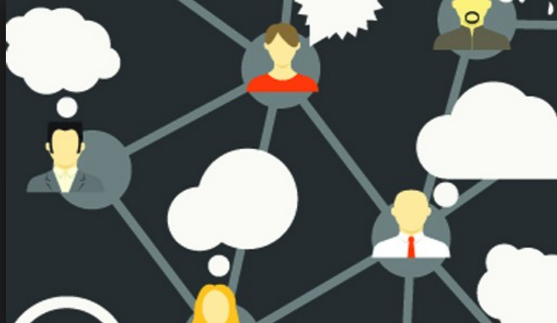Tag: my starbucks idea
4 Awesome Business Crowdsourcing Examples to Follow
Does your company do crowdsourcing in any form? Have you done any recent reading or research on crowdsourcing examples design? We follow this topic quite closely and have written several blogs on the topic and the businesses that employ it. Here are 4 very good business crowdsourcing examples to follow and learn from. A good innovation…
4 Remarkable Business Crowdsourcing Examples To Follow
Does your company do crowdsourcing in any form? Have you done any recent reading or research on crowdsourcing design? We follow this topic quite closely and have written several blogs on the subject and the businesses that employ it. Here are four magnificent business crowdsourcing examples to follow and learn from. A real innovation business…

Crowdsourcing …12 Examples of How Brands Crowdsource for Ideas
Everything you are exposed to makes a connection. It is how you put them together that makes things interesting. Are you noticing the increase in numbers of brands experimenting with crowdsourcing? It is not overwhelming, for sure, but some improvement is evident. In this article, we will be discussing how brands crowdsource for continuous ideas. Check…

My Starbucks Idea: How Starbucks Used It for Business Crowdsourcing
Within five years, if you’re in the same business you are in now, you’re going to be out of business. Dire theory from Peter Drucker. The My Starbucks Idea website, where Starbucks does its business crowdsourcing, has been actively engaging customers for over 3 years now. It encourages customers to submit ideas for better products, improving…